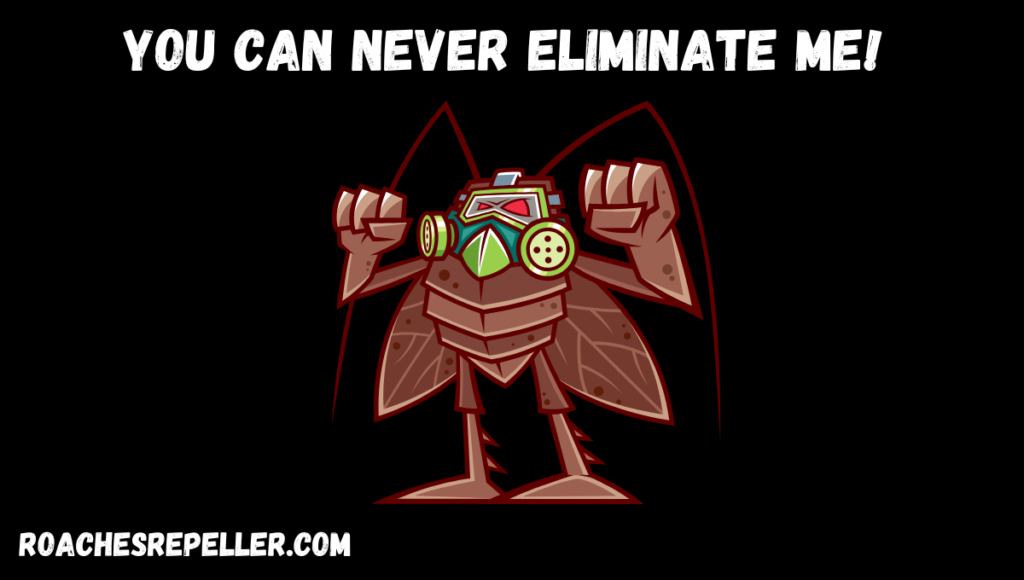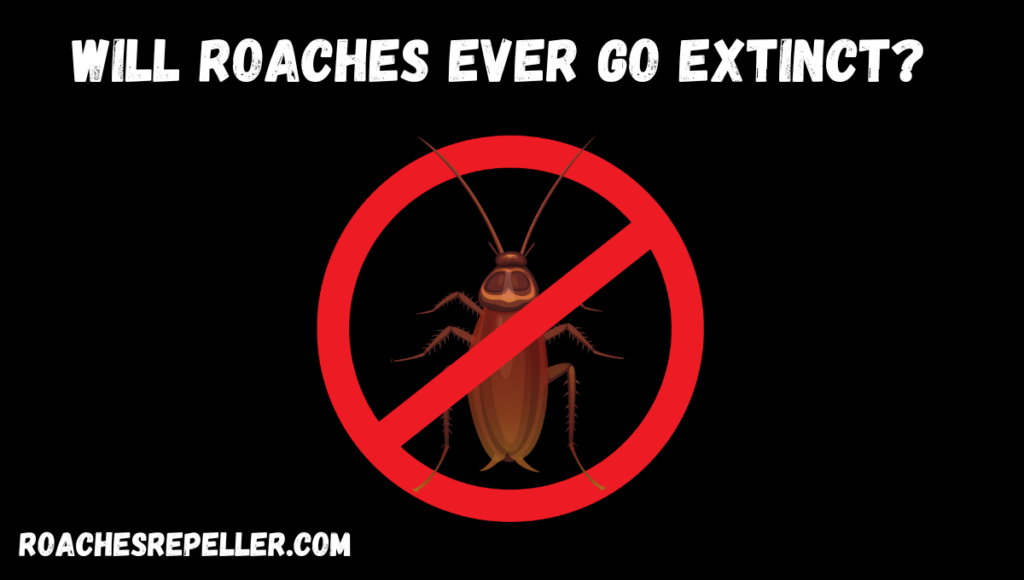Cockroaches have been part of human lives for millions of years and have survived countless natural and environmental disasters. Their survival is greatly attributed to their resilience and ability to adapt to extreme environments. A very pressing question arises while keeping the resilience and indestructibility of roaches in mind: will roaches ever go extinct? In this blog, we will have a detailed look at the factors contributing to the remarkable endurance of roaches and the chances of their extinction.
The Evolutionary Success of Cockroaches
Cockroaches are among the oldest insects that have survived several mass extinctions. Their evolutionary success is usually linked to their perfected body structure and lifestyle. They are flexible enough to adapt to a wide range of habitats and changing climatic conditions and withstand environmental pressures, making them the most durable life form.
Cockroach Resilience
Roaches are known to be the most successful insect group. Several key factors add to the resilience of the roaches. The major ones are:
Adaptability
The long-lasting success of roaches is highly attributed to their adaptability. Their ability to adjust their habits and habitats enables them to thrive in a wide range of environments. Roaches can adjust their behavior to avoid threats and secure new food sources according to their needs. The thermoregulatory ability of roaches also contributes to their survival. They are usually found in warm climates but are able to withstand cold temperatures as well by seeking warmer indoor places.
Reproductive Capacity
Cockroaches can reproduce at a faster pace. The females lay eggs in cases, each of which contains several embryos. They have a short maturation period, i.e. their offspring develop into adults in a few weeks. This fast life cycle enables the roaches to replenish their lost population quickly, thus having lower chances of extinction.
Dietary Flexibility
Being omnivorous, roaches can feed on a wide range of food, including garbage, paper, leather, etc. This dietary flexibility enables them to survive food scarcity in both natural and man-made habitats. Moreover, roaches can also survive without food and water for several days, enabling them to withstand drought and extreme weather conditions.

Hardiness and Survival Skills
Besides the above factors, a research study found that roaches are among the hardest organisms, capable of surviving without food for up to a month, without air for about 45 minutes, and submerged in water for 30 minutes. This study was published in the journal Appl Entomol Zool in December 2022.
Their hardiness is attributed to several survival skills and behavioral strategies that make their eradication almost impossible. They move at incredibly fast speed, which helps in avoiding predators.
Being nocturnal in nature, they are active at night so are less visible to humans and predators. Roaches are immune to high doses of radiation, which otherwise are lethal even for humans.
Roaches use specific chemicals called pheromones for communication, finding mates, and making aggregations. This aids in forming colonies, thus making their survival easy. Roaches are able to survive without a head for days owing to their decentralized nervous system and open circulatory system.
The survival chances of cockroaches are highly enhanced due to their hard exoskeleton, which acts as armor, enabling the roach to withstand physical stress.

Can Human Activities Cause Roach Extinction?
Human activities have both direct and indirect effects on the roach population. Human efforts help control cockroach infestation in specific areas. However, these efforts are not enough for the complete extinction of these pests. Humans can influence the roach number in the following ways:
Pesticide Resistance
The most common method to control the roach population is using pesticides. However, roaches have developed pesticide resistance over time. Some cockroach populations have undergone genetic mutations on exposure to pesticides which resulted in the development of resistance genes. The members left behind during extermination pass on these genes to the next generation, thus reducing extinction chances.
The cockroach is also capable of learning. They learn to avoid the areas where they have faced pesticides or any other danger. In this way, they move to safe places timely, thus saving their lives.
Habitat Destruction
Habitat destruction as a result of deforestation and urbanization has severe impacts on biodiversity. The population of roach species adapted to the natural environment has been greatly impacted due to habitat loss. Members of these species migrate towards the urban areas where they reproduce and replenish the lost population.
Climate Change
Just like all other living things, roach populations are also impacted by climatic changes like global warming and extreme weather conditions. Cockroaches usually prefer warmer environments but high heat can disrupt the roach population. However, certain species adapt to changing temperatures by expanding their optimum range.

The Future of Cockroaches
In the present changing conditions of world climate and biodiversity, it is difficult to answer the question: Could cockroaches ever face extinction? Some important factors to consider in this regard are:
Extinction Scenarios
The roach species that are found in urban areas are less likely to go extinct but factors like climate change and natural disasters can lead the less adaptable species towards extinction. Being resilient creatures, the complete extinction of roaches is very unlikely; however, localized extinction can occur in certain areas having extreme weather or high use of pesticides.
The Role of Natural Predators and Parasites
The population of cockroaches is greatly controlled by their potential predators like birds, reptiles, and mammals. They are also targeted by parasites like wasps. However, these predators are not enough to make roaches completely extinct. Their effectiveness against roaches depends on environmental factors and human intervention.
Human Intervention and Its Impact on Cockroach Populations
Despite the endless human efforts to control cockroaches, they still share our living places. Their ability to adapt to urban environments and the development of resistance against pesticides has allowed them to continue thriving alongside humans. By using effective controlling strategies, we can eradicate roach infestations from certain areas but cannot make them go extinct.
Conclusion
Cockroaches have emerged as the most resilient pests that humans have ever encountered. Their ability to adapt to diverse environmental conditions, rapid reproduction, and survival on minimal resources have greatly contributed to their successful intervention on Earth. Among all the earth’s biodiversity, roaches are least affected by human activities and have no chance of getting extinct any soon. Their evolutionary adaptations have enabled them to outclass all other species in survival.
FAQS
- Why have cockroaches not become extinct despite several catastrophic events?
Cockroaches have survived several catastrophic events owing to their adaptability and resilience. They can thrive in variable environmental conditions and food scarcity thus have reduced chances of extinction.
- Could climate change cause the extinction of roaches?
Climate changes do have impacts on specific roach species and cause a decline in their population due to changing temperatures and habitat loss. However, extinction has minimum chances as roaches can adapt to variable conditions.
- Are cockroaches resistant to radiation?
Cockroaches are not completely resistant to radiation but have higher tolerance than other organisms, even humans. Their resistance has greatly contributed to their reputation as great survivors.
- Why are cockroaches found in almost every part of the world?
Cockroaches are found in a wide range of environments owing to their omnivorous mode of feeding, flexible behavior, and ability to withstand harsh conditions. This allows them to thrive in every part of the world.


Pingback: How Many Cockroaches Are There in the World? Know The Exact Numbers - Roaches Repeller